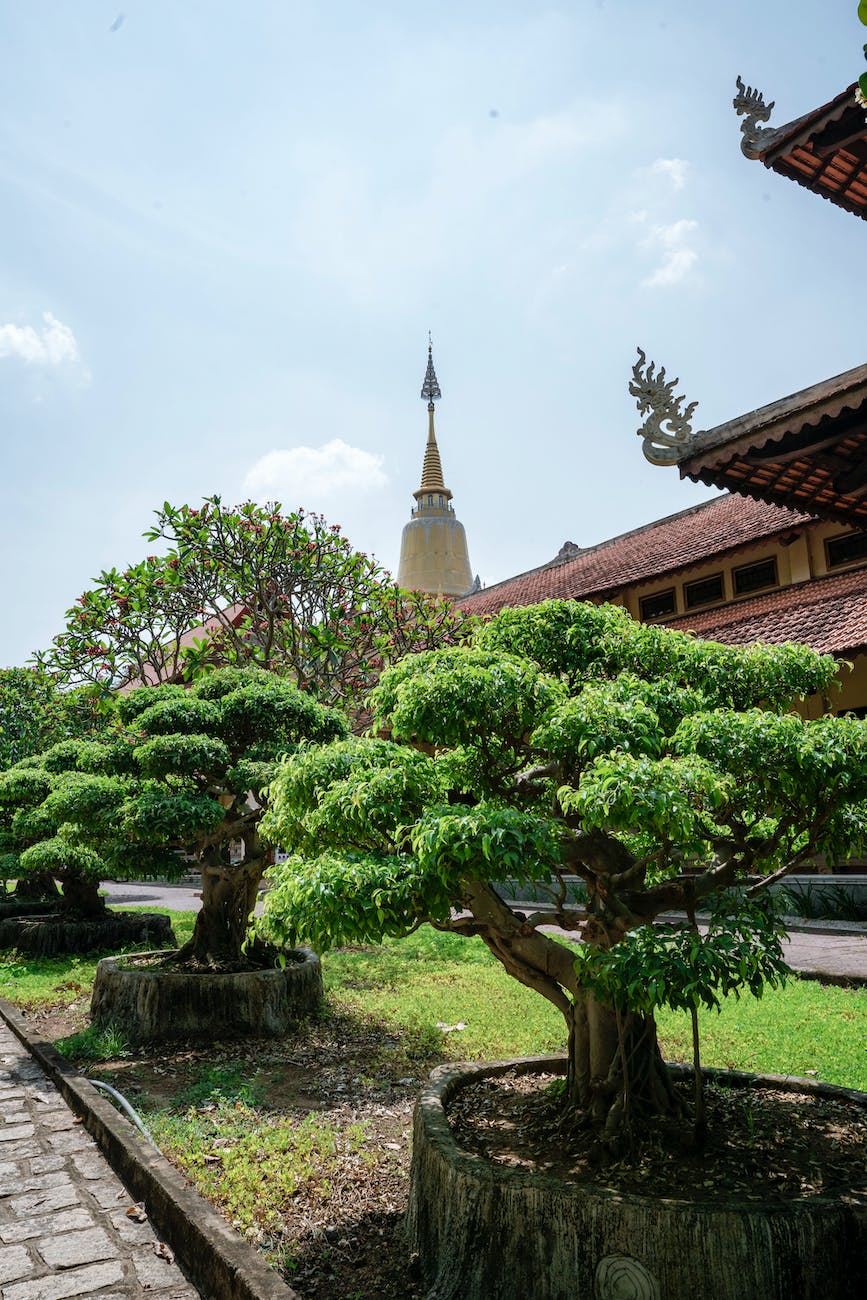Framed Perfection: Ideas for Displaying and Showcasing Your Bonsai Trees
A refined presentation elevates bonsai from living art into an immersive experience. Carefully considering display factors like stands, backdrops, accent elements, and creative framing transforms how bonsai compositions are viewed. Tailoring display methods specifically for certain spaces and contexts helps spotlit trees connect with audiences. Events like exhibitions or holidays offer fun occasions to develop themed showcase environments that flatter specific bonsai. Whether designing tranquil minimalist corner vignettes or curating multi-tree landscapes, keep designs focused on highlighting the miniature trees as centerpieces. Here are tips for purposefully framing and displaying bonsai to enhance their graceful essence.
Fundamentals of Effective Bonsai Display
Keep these core principles in mind when planning displays:
Bonsai as Prime Focus
Minimize decorative extras that distract from appreciating the tree. Let it shine.
Thoughtful Angles and Placement
Rotate and position the tree intentionally off-center within its space.
Restful Negative Space
Allow visual breathing room around the composition rather than crowding.
Subtly Complementary Accents
Any stones, figures, or scrolls should tastefully complement the tree in color and meaning.
Simplicity and Harmony
The display elements should balance and work together to create a calming, focused mood.
Mindful Use of Color
Coordinate display colors that best flatter the tree rather than clashing.
Creating Mini Spotlights
Devoting distinctive framed spaces showcases individual trees.
Wall Cubbies
Build or adapt shelving into the wall to spotlight solo bonsai specimens.
Desktop Zen Gardens
Display a single tree on the desk along with accent sand, rocks, and meditative symbols.
Corner Compositions
Designate a purposeful corner to set off a particularly striking tree and coordinating stand.
Window Displays
Situate small scenes on tabletops in front of windows to take advantage of natural light.
Private Shrines
Create personal nature shrines featuring a cherished tree paired with meaningful mementos.
Specially Lit Stages
Build small dramatically lit display platforms to draw focus to prized show trees.
Presenting Multiple Trees as Cohesive Collections
Carefully interrelating several trees creates mesmerizing landscapes.
Levels and Layers
Position trees at different heights using sturdy bases and stands.
Flowing Lines
Arrange tree placement to guide the eye pleasingly across the full display.
Consistent Themes
Match styles of trees, pots, and accents to create a unified look and mood.
Thoughtful Labels
Placards detailing each tree’s common name, species, age, etc. enrich displays.
Dioramic Additions
Integrate small buildings, bridges, paths and figures to form whimsical vignettes.
Change Over Time
Periodically rotate trees on and off display to keep collections fresh.
Designing Dynamic Backdrops
Interesting backgrounds serve to better showcase trees.
Fabric Backings
Carefully select complementary solid, patterned or pleated fabric colors.
Living Walls
Arrange displays against vertical garden walls with lush cascading foliage.
Natural Wood
Simple sanded wood, weathered boards, or bamboo slats create neutral warmth.
Textural Walls
Design textured slate, stone, or brick feature walls specifically to accent trees.
Photomural Scenes
Commission wall-sized print or photographic murals of nature scenes.
Mirrors
Strategically placed mirrors can infinitely reflect and multiply displays.
Accenting Trees with Components
Thoughtful objects enhance displays when used judiciously.
Matching Bases and Stands
Choose stable, attractive bases and stands in finishes that integrate well.
Thematic Rocks
Add naturally beautiful local rocks that fit style, like sleek water-tumbled stones.
Figurines
Select quality durable figurines in complementary natural colors and proportions.
Architectural Models
Tuck in small gazebos, cottages, bridges, and other structures.
Discreet Labels
Unobtrusive etched or printed labels identify tree species and styles.
Gentle Lighting
Use directional spotlights to selectively feature trees and details.
Designing Displays Around Occasions
Tailor displays to themes like holidays, festivals and events.
Spring Blossoms
Surround flowering trees with soft pastels, flower accents, and bird figurines.
Fall Harvest
Use gourds, dry grasses, and warm autumnal colors as seasonal motifs.
Winter Scenes
Mimic snow with white sand or sugar. Add evergreen conifers and cardinal figurines.
Eid Displays
Decorate pots with crescent moons and stars when displaying olive trees.
Exhibition Prep
Meticulously accent trees to flatter their best features at shows.
Festive Touches
Incorporate handmade ornaments, candles, and twinkling lights for the winter holidays.
Thoughtfully curate how to best showcase your living art. Frame trees in ways that highlight their elegant essence and transport viewers into peaceful moments of wonder.
